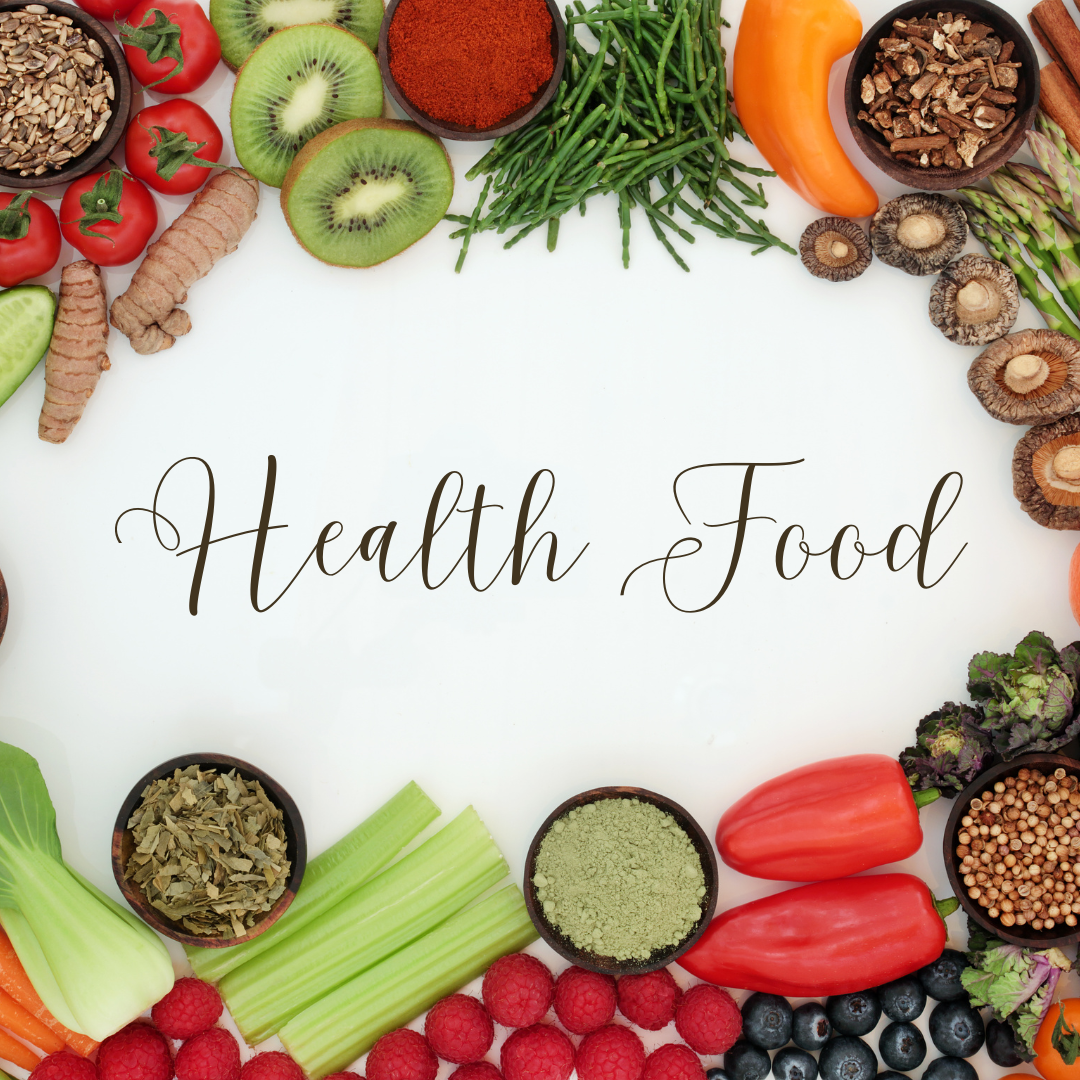WASHINGTON — According to the Grain Foods Foundation, the Dietary Guidelines Advisory Committee should exercise extreme caution when deciding how much grain to include in suggested dietary patterns. The GFF’s executive director, Erin Ball, issued a warning to the Department of Health and Human Services on November 15th, stating that substituting starchy vegetables, beans, peas, or lentils for grains could have unfavorable unintended consequences.

As it prepares recommendations for the 2025–2030 edition of the Dietary Guidelines for Americans, a subcommittee of the DGAC is investigating a simulation of such a replacement.
“Although the food simulation of staple carbohydrates is a good idea, we are concerned that replacing whole and/or refined, enriched grains with starchy vegetables and beans, peas, and lentils may further compromise Americans’ nutrient adequacy, particularly for women of childbearing age and those nursing due to their heightened nutrient needs,” Ms. Ball said. “In addition, we suggest that the committee take into account the possibility that starchy vegetables could be more expensive and less stable than grains when determining how much grain to replace.”
The letter was written in response to the 2025 Dietary Guidelines Advisory Committee’s request for public feedback on revised and new draft protocols.
The third DGAC meeting, which took place in late September, was the reason for the invitation for comments. The DGAC is analyzing the scientific evidence about nutrition and health using three methods: data analysis, food pattern modeling, and systematic reviews. The second strategy, which has caught the interest of GFF, will look at hypothetical changes to the consumption of grain-based foods and evaluate how those changes might affect nutrient intake and general health.
Ms. Ball framed her discussion of food pattern modeling with several points about grains, including:
Staple grains are key sources of nutrients that are under-consumed
Grains have important roles in helping Americans meet nutrient needs, including nutrients of public health concern, with distinct roles for both whole and refined grains
The DGAC should avail itself of classifying staple grain foods more discreetly, to appreciate the foods’ contributions to healthy eating
Because nutrition insecurity is a “pervasive concern in the US,” the value of staple grain foods as affordable, popular, and important sources of nutrients should be better understood.
The health consequences of grain-food avoidance may be devastating, Ms. Ball said.
“Research shows that those who follow a carbohydrate-restricted diet are 30% more likely to have an infant with autocephaly or spina bifida,” she said. “Grain foods are nutrient-dense, providing dietary fiber as well as essential vitamins such as folate, thiamine, niacin, vitamin B6, riboflavin, and vitamin A; as well as minerals such as iron, zinc, manganese, copper, magnesium, phosphorus, and selenium.”
The examination of DGAC data should highlight the unique and significant functions that whole and refined, enriched grain foods play in promoting healthy eating habits. She issued a warning that substituting starchy vegetables, beans, peas, and lentils for grains may make dietary deficiencies of minerals, fiber, and folic acid worse.
“The quantities, proportions, variety, or combination of different foods, drinks, and nutrients in diets, and the frequency with which they are habitually consumed” is how the DGAC defines dietary patterns.
She referenced an analysis of the National Health and Nutrition Examination Survey (NHANES 2009–2016) that demonstrated that if grain intake was halved, the proportion of children who do not meet the estimated average requirements for folate would increase from 3.6% to 9.2% and nearly double for adults, from 12.2% to 23.2%.
The GFF further recommended that the committee make a distinction between staple and discretionary grains in evaluating the findings and implications of systematic evidence reviews and food pattern modeling.
More directly, the statement was made in response to remarks from the DGAC citing data showing a lower risk of multiple chronic illnesses, such as type 2 diabetes and cardiovascular disease, when one consumes less refined grains and more whole grains.

The GFF added, “As mentioned in point 3 above, we are concerned that it is not in the interest of public health to group together discretionary and staple refined grains.”
Refined grains and sweets were categorized together inconsistently in the 2020 Dietary Pattern and Growth, Size, and Body Composition Systematic Review. Actually, only around 17% of refined grains are elective. The viewpoint on the healthfulness of grains is skewed and “may lead to misleading findings” because refined grains have a tendency to be grouped along with less nutritious diets in epidemiological research, according to Ms. Ball.
In terms of affordability, Ms. Ball stated that the committee should acknowledge the advantages of staple grain foods as a well-liked source of nutrition that is affordable on a tight budget and accommodating of various cultural footways, especially in addressing nutrition insecurity in the United States.










